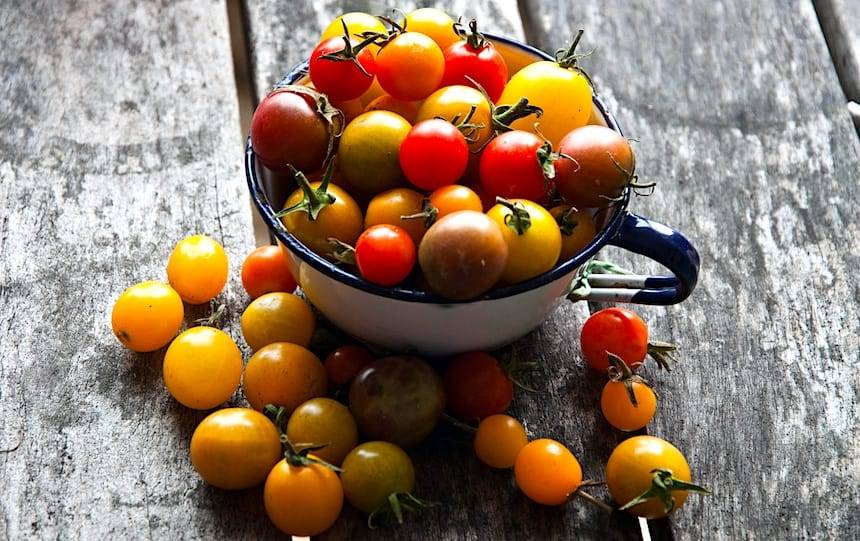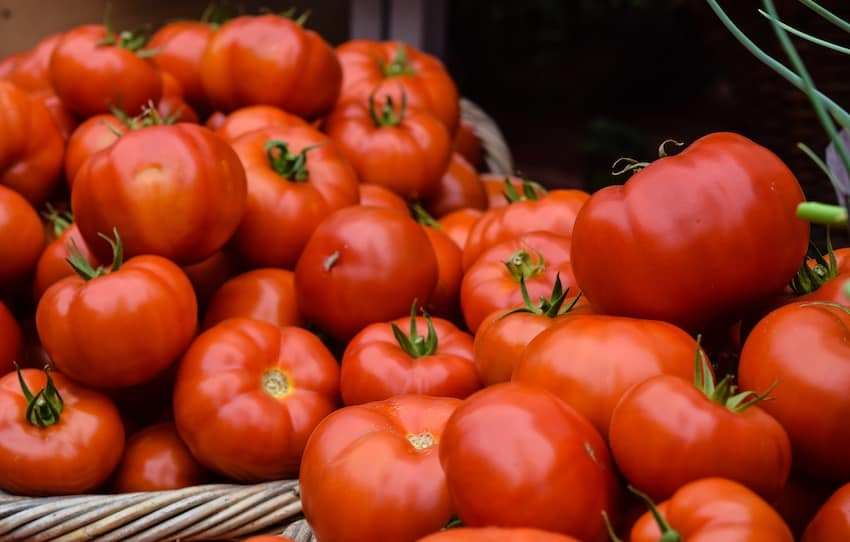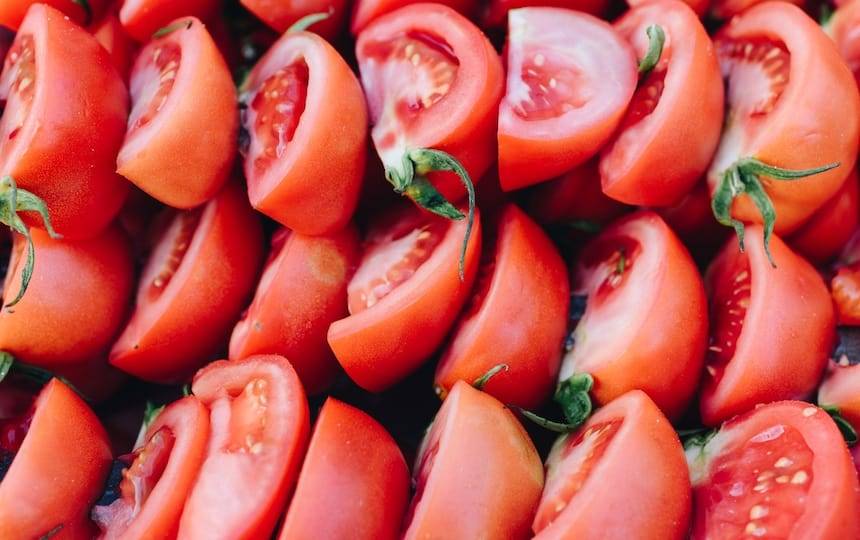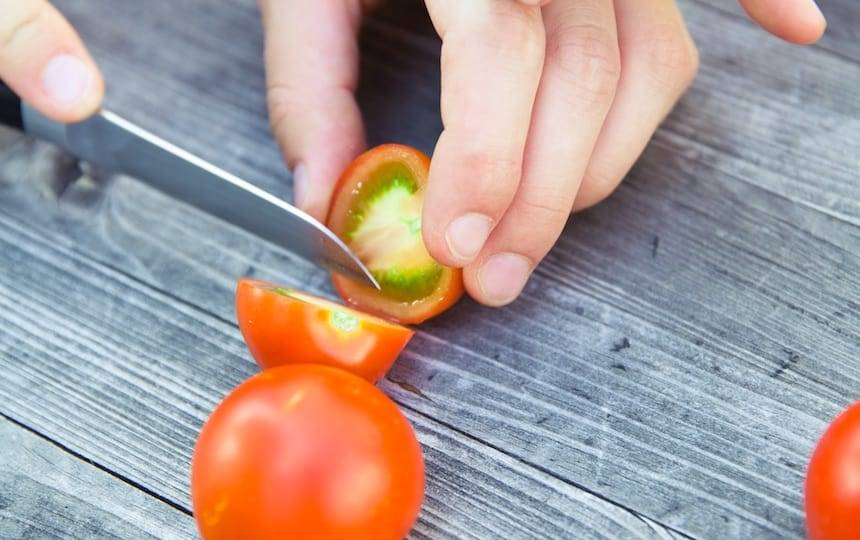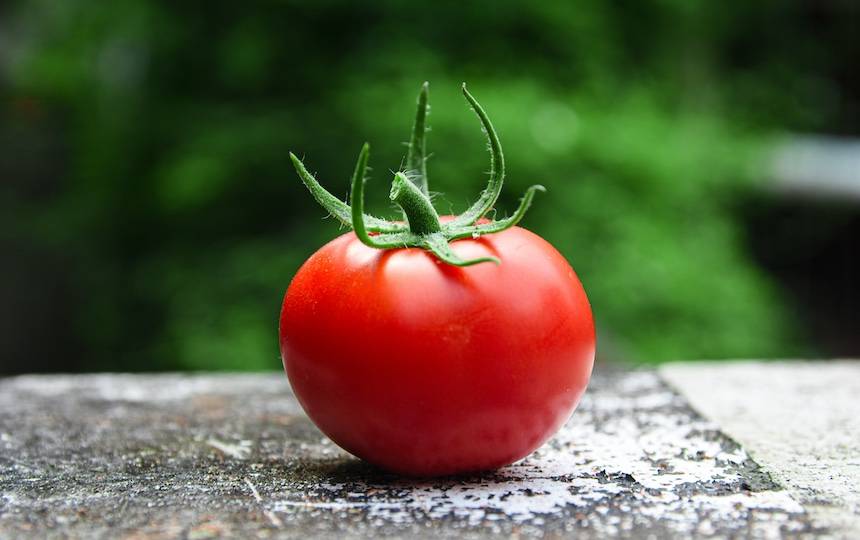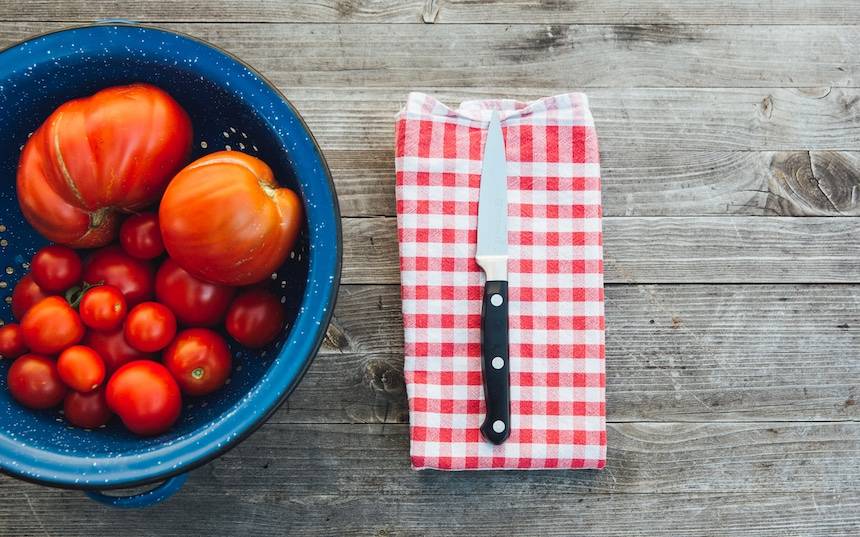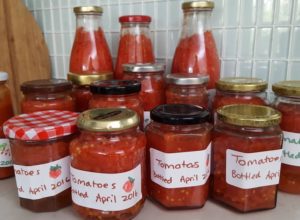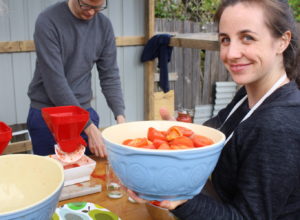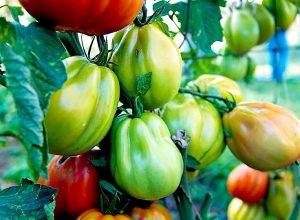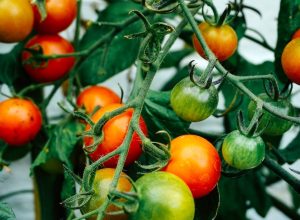If you grow your own tomatoes, it’s easy to save your own seed for sowing the following season. Here we show you how to save tomato seeds.
Tomatoes are generally self-pollinating (the flowers pollinate themselves before they open fully) so you don’t have to worry too much about keeping the variety pure.
There is a small chance of cross-pollination by insects sneaking into the flowers early, so if you grow more than one variety it’s best to separate them with a tall crop, or plant them about ten metres apart. there are a few simple steps involved in how to save tomato seeds for next season.
Pick your tomatoes
Choose the best early fruit from the strongest plants to save your seed from.
Make sure the fruit is ripe before you pick it. Tomatoes continue to ripen after they’re picked, so leave them in a bowl until they’re a bit more mature than you like to eat them.
Separate the seeds
Scrape the seed, along with the surrounding pulp, from your chosen tomatoes into a jar or bowl.
Fermenting
Leave the seed/pulp at room temperature for a few days until it starts to ferment. You will see the pulp start to break down. This step is important, as it mimics the natural process and removes the chemicals in the pulp that stop the seed from germinating. It also makes the pulp easier to wash off.
Put the seed and pulp in a sieve and wash the pulp off.
Drying
Spread the seed out to dry. Some people place the seed on kitchen paper to dry, and then roll up the paper to store the seed: this is fine for small quantities, but tedious if you’re saving lots. Spread the seeds on a tea towel or newspaper, and move them around occasionally so that they don’t stick together.
Storing
When the seeds are dry, place them in a paper bag or envelope for a few weeks to finish drying. Then store them in an airtight container, in a cool place away from light, for next season.
Want more tomato content?!
We’ve got loads of great content all about big red, juicy tomatoes!
In Issue #10 of Pip Magazine, we bring you a complete guide to tomato preservation, including:
- What preserving equipment you will need.
- What’s involved in the drying and bottling process.
- Different passata recipes including classic, rogue, herbed and tomato smash passata recipes.
- Plus, how to make tomato paste, thick sauce, relishes, pickles and ferments.
You can access this article online here as part of our digital subscription offering.
In Issue #12 of Pip Magazine, Milkwood’s Kirsten Bradley provides an in-depth guide to choosing which tomatoes are the best for your needs, including information on:
- The difference between heritage and hybrid.
- The difference between determinate versus indeterminate tomatoes.
- How to choose the best tomatoes for your situation when it comes to the space you’re working with, how much heat and light your growing area needs, and whether you should opt for bush tomatoes or climbing.
- Plus, we also provide an in-depth table which outlines each of the names, types and groupings of key tomato varieties, what they look like, and what they are/are not good for.
You can access this article online here as part of our digital subscription offering.
And don’t forget we have loads of tomato-related articles online, including these:
- What Kind of Tomatoes Should I Grow?
- How To Trellis Tomatoes
- How To Make Tomato Passata: Video
- Easy Green Tomato Chutney Recipe
- Spice-It-Up Summer Tomato Salsa
- Easy Tomato Passata Recipe

